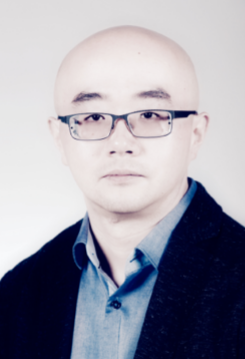报告题目:Electrical and Thermal Properties in Nanostructured Materials
报 告 人:吴越 教授(Iowa State University)
报告时间:2018年6月16日(星期六)16:00-17:00
报告地点:过程大厦304会议
邀 请 人:王丹 研究员
吴越教授简介:
Prof. Yue Wu joined Iowa State University as the Herbert L. Stiles Associate Professor of Chemical and Biological Engineering in summer 2014. He obtained his B.S. degree in Chemistry at the University of Science and Technology of China in 2001 under the supervision of Prof. Yitai Qian. He received his Ph.D. degree in Chemistry at Harvard University (07/2001-06/2006) in Prof. Charles Lieber’s group. He then performed postdoctoral research in Prof. Paul Alivisatos’ group at the University of California at Berkeley (08/2006-07/2009) as Miller Fellow. In August 2009, Wu joined Purdue University to start his independent career and received tenure in April 2014. Later on, he accepted the position of the Herbert L. Stiles Associate Professor of Chemical and Biological Engineering from Iowa State University with a joint appointment in Department of Energy Ames National Laboratory. His research focuses on advanced nanomaterials and devices for efficient waste heat recovery, solid state cooling, and thermal management. His research has been recognized by several awards, including the Midwest Energy News "40Under 40" Award in 2017, Nanoscale Science and Engineering Forum Young Investigator Award from American Institute of Chemical Engineers in 2016,“Rising Star” by the Council of Chemical Research in 2015, and “2014 Emerging Investigator” by the Royal Society of Chemistry’s Journal of Materials Chemistry A to recognize “the very best work from materials chemists in the early stages of their independent Force Summer Faculty Fellowships in 2010, 2011, and 2012.
报告内容简介:
The rapid development of nanomaterials in the past decade has provided a possibility of directly converting waste heat back to electricity based on the thermoelectric Seebeck effect. In this talk, we will discuss our latest progress on nanostructured thermoelectric materials in the following three areas: (1) exploring new way to reduce thermal conductivity in porous structure without sacrificing electrical property; (2) further tuning electrical conductivity and thermal conductivity through doping; (3) reliminating the need for toxic and scarce elements.
附件下载: